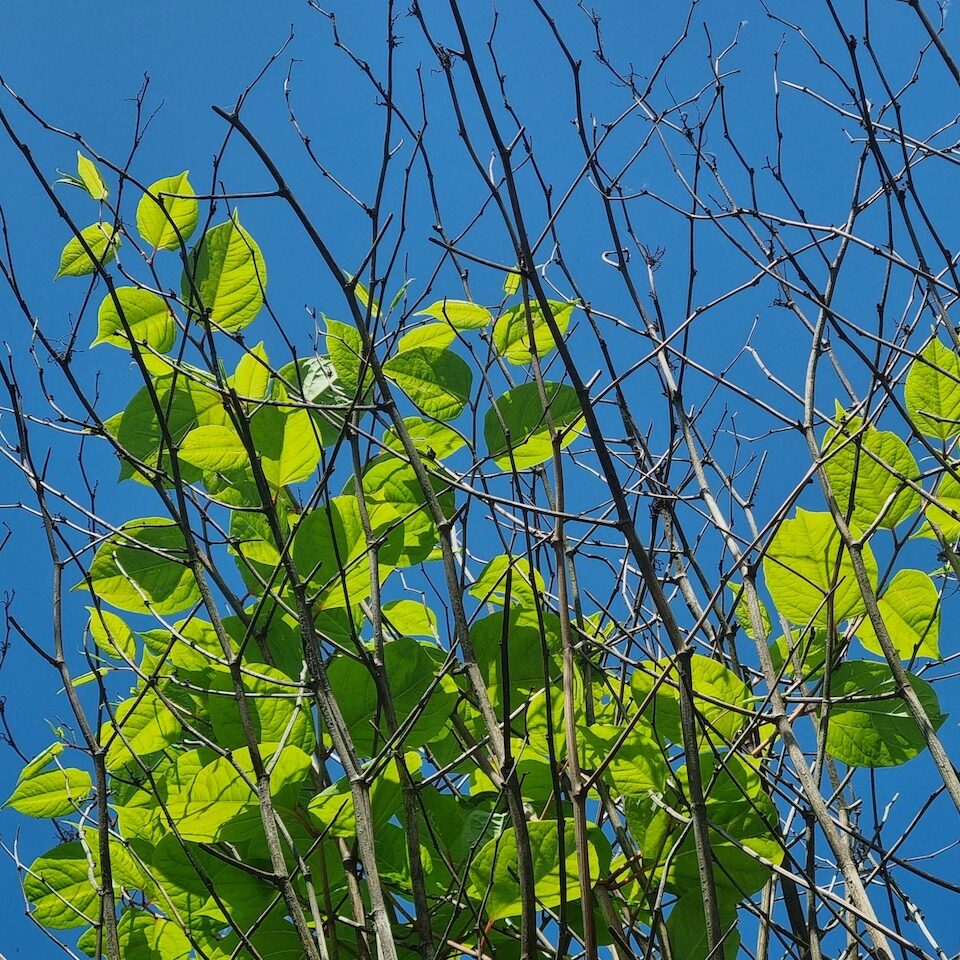Weed Control and Invasive Weed Mangement
Integritas has a vast amount of experience in the management of weed control and invasive weed management and offer our services nationwide, throughout the Rail,Port, Commercial and Industrial sectors.
We work very closely with our Amenity Specialists to ensure we are always up to date on the latest products and technology the industry has to offer, therefore allowing us to spear head the fight on weed control and invasive weed management. All our operatives are fully qualified and hold all the necessary competencies to safely handle and administer any herbicides, should that be by means of stem injection, knapsack or boom mounted sprayers, ranging from the busy rail infrastructure to your tranquil garden at home.
Upon completion of every project, a spray record sheet will be issued and a weed monitoring report will be formulated bi-annually, in turn, allowing us to take a more proactive approach rather than reactive measures.
If you have any noxious weeds on your land, you are responsible for controlling them. By law you must put measures in place to prevent them from spreading onto adjoining land.
See below for five of the most common invasive weeds we treat…

We operate 24/7 nationwide
Contact us using the link below or call us on 07816 965551
We offer no obligation quotations
Qualified. Accredited. Trusted.
We are passionate and dedicated to quality, and we will continue to invest in what matters most to our clients and partners.










